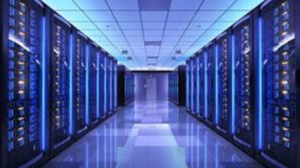Energy Use
As of 2017, it is estimated that two billion computer systems are in use in the world. These systems require energy. While one individual system may not need much energy to operate, two billion systems require vast amounts of electricity.
Details some of the components and peripherals that require power
- motherboard:
- CPU
- graphics card
- sound card
- network interface card
- monitor or touchscreen
- keyboard
- mouse
- printer
- scanner
- router/ hub (if the system is linked to a network
A typical server uses 80 -100 watts of power. Google uses around 1,000,000 servers world wide. Facebook uses 180,000 servers.

Reduce Energy
Monitor Settings
Many monitors allow users to alter settings to save energy.
Some advice around energy use is:
- reduce the ‘brightness’ setting as much as possible
- activate efficiency mode if the monitor supports this setting
- do not use a screen saver
Power-down settings
- Power down the monitor after a set period of inactivity
- Power down the desktop or laptop after a set period of inactivity
- Control settings for individual components:
- turn hard drive off after period of inactivity (will come on again at a keypress)
- set minimum and maximum processor state settings (higher settings use more energy, lower settings mean processor can handle less work)
Standby
- Most smartphones and tablets go into standby mode automatically after a fairly short period of inactivity.
- For desktops and laptops, users will usually alter settings to either activate or deactivate standby mode.
- Users often have a choice between standby mode (also known as sleep mode) or hibernate
- RAM continues to be powered
- Data for software running at the time of standby is temporarily stored until user resumes work
- Power to all other components is significantly reduced or turned off completely
